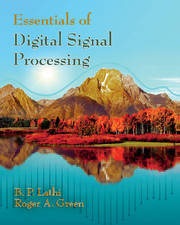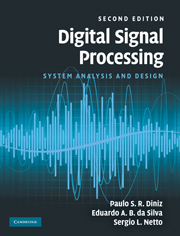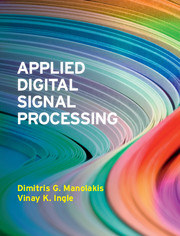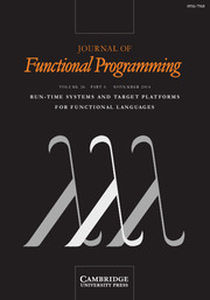Essentials of Digital Signal Processing
This textbook offers a fresh approach to digital signal processing (DSP) that combines heuristic reasoning and physical appreciation with sound mathematical methods to illuminate DSP concepts and practices. It uses metaphors, analogies and creative explanations, along with examples and exercises to provide deep and intuitive insights into DSP concepts. Practical DSP requires hybrid systems including both discrete- and continuous-time components. This book follows a holistic approach and presents discrete-time processing as a seamless continuation of continuous-time signals and systems, beginning with a review of continuous-time signals and systems, frequency response, and filtering. The synergistic combination of continuous-time and discrete-time perspectives leads to a deeper appreciation and understanding of DSP concepts and practices.
• For upper-level undergraduates
• Illustrates concepts with 500 high-quality figures, more than 170 fully worked examples, and hundreds of end-of-chapter problems, more than 150 drill exercises, including complete and detailed solutions
• Seamlessly integrates MATLAB throughout the text to enhance learning
- Written for upper-level undergraduates, and includes 500 high-quality figures, over 170 fully worked examples, hundreds of end-of-chapter problems, and over 150 drill exercises with complete detailed solutions for students in an appendix
- Maintains strong ties to continuous-time signals and systems concepts, which helps readers to understand complete DSP systems so that they have immediate access to background material with a notationally consistent format
- MATLAB® is integrated throughout the text to enhance learning, in contrast to other DSP texts which have 'MATLAB examples' or 'MATLAB problems' as an afterthought
Product details
July 2014Hardback
9781107059320
760 pages
261 × 207 × 33 mm
1.54kg
936 b/w illus. 35 tables 729 exercises
Available
Table of Contents
- List of figures
- List of tables
- Preface
- Acknowledgments
- 1. Review of continuous-time signals and systems
- 2. Continuous-time analog filters
- 3. Sampling: the bridge from continuous to discrete
- 4. Discrete-time signals and systems
- 5. Time domain analysis of discrete-time systems
- 6. Discrete-time fourier analysis
- 7. Discrete-time system analysis using the z-transform
- 8. Digital filters
- 9. Discrete fourier transform
- Appendix A. Matlab
- Appendix B. Useful tables
- Appendix C. Drill solutions
- Index.








